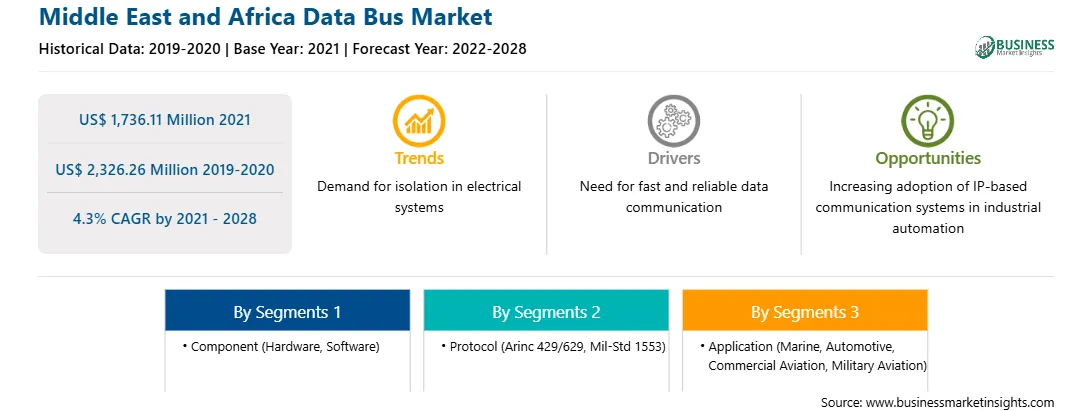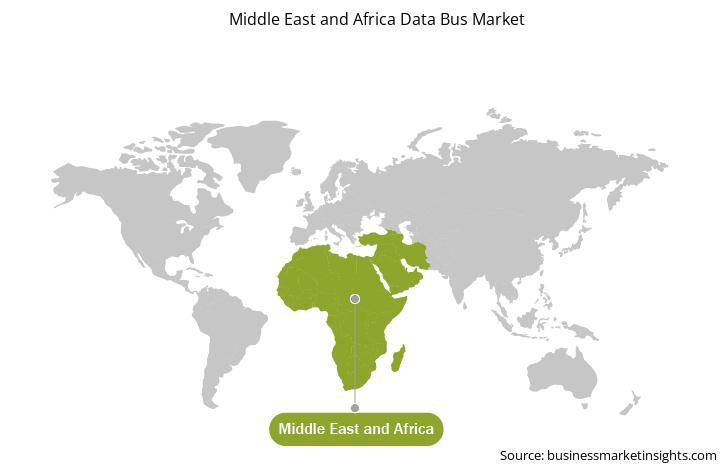On the onboard bus, there is an upsurge in traffic. Remote terminals expect improved services from the onboard bus as they become "intelligent." They expect to access the bus on demand to transfer data packets. Many software architectures are built around messaging capabilities, in which programs communicate via variable-length messages generated asynchronously. Owing to the growing "intelligence" of remote terminals, their expectations for complete communication services and the necessity to support increasingly sophisticated, multi-bus designs, higher-level protocols are being used frequently on the onboard bus. This, in turn, may increase traffic volume, particularly asynchronous traffic, but it also emphasizes the necessity for the onboard bus to provide asymmetric medium access service. While asynchronous packet traffic on spacecraft buses has been steadily increasing, the number of basic sensors and actuators that must be serviced through the bus has remained constant. In reality, there is strong evidence that such low-cost gadgets are increasing. The MIL-STD-1553B command and control bus is the most frequent aboard a spacecraft, and the additions in ECSS-E-ST-50-13C cover it for future space use. However, as processing power grows and subsystems become complex, there is a growing demand for data networks that meet MIL-STD-1553B requirements while being compatible with the miniaturized low-power devices they connect. Pin counts, connector sizes, and harness bulk can be reduced in this way. The awareness that the building block method demands standardization above the basic bus protocols goes hand in hand with the requirement to improve connectivity. Future data system innovations consist of the adoption of the CAN bus as a complement to MIL-STD-1553B, the creation and usage of higher-layer protocols, and the standardization of digital sensor buses as the most efficient means to decrease harness and integration costs. Therefore, growing high performance data buses is expected to fuel the MEA data bus market growth during the forecast period.
With the new features and technologies, vendors can attract new customers and expand their footprints in emerging markets. This factor is likely to drive the MEA data bus market in the coming years. The market is expected to grow at a good CAGR during the forecast period.
Strategic insights for the Middle East and Africa Data Bus provides data-driven analysis of the industry landscape, including current trends, key players, and regional nuances. These insights offer actionable recommendations, enabling readers to differentiate themselves from competitors by identifying untapped segments or developing unique value propositions. Leveraging data analytics, these insights help industry players anticipate the market shifts, whether investors, manufacturers, or other stakeholders. A future-oriented perspective is essential, helping stakeholders anticipate market shifts and position themselves for long-term success in this dynamic region. Ultimately, effective strategic insights empower readers to make informed decisions that drive profitability and achieve their business objectives within the market.

| Report Attribute | Details |
|---|---|
| Market size in 2021 | US$ 1,736.11 Million |
| Market Size by 2028 | US$ 2,326.26 Million |
| Global CAGR (2021 - 2028) | 4.3% |
| Historical Data | 2019-2020 |
| Forecast period | 2022-2028 |
| Segments Covered |
By Component
|
| Regions and Countries Covered | Middle East and Africa
|
| Market leaders and key company profiles |
The geographic scope of the Middle East and Africa Data Bus refers to the specific areas in which a business operates and competes. Understanding local distinctions, such as diverse consumer preferences (e.g., demand for specific plug types or battery backup durations), varying economic conditions, and regulatory environments, is crucial for tailoring strategies to specific markets. Businesses can expand their reach by identifying underserved areas or adapting their offerings to meet local demands. A clear market focus allows for more effective resource allocation, targeted marketing campaigns, and better positioning against local competitors, ultimately driving growth in those targeted areas.

The EAdata bus market has been segmented and analyzed on the basis of component, protocol, application, and country. Based on component, the MEA data bus market is further segmented into hardware and software. The hardware segment dominated the MEA data bus market in 2020 and software segment is expected to be fastest growing during forecast period. On the basis of protocol, the MEA data bus market is segmented into ARINC 429/629, MIL–STD-1553, and others. The MIL–STD-1553 segment dominated the MEA data bus market in 2020 and ARINC 429/629 segment is expected to be fastest growing during forecast period. On the basis of application, the MEA data bus market is further segmented into automotive, marine, commercial aviation, and military aviation. The military aviation segment dominated the MEA data bus market in 2020 and same segment is expected to be fastest growing during forecast period. Based on country, the MEA data bus market is segmented into the UAE, Saudi Arabia, South Africa, and the rest of MEA.
Collins Aerospace, Data Device Corporation, Fujikura Ltd., HUBER+SUHNER, Nexans, and TE Connectivity Corporation are among the leading companies in the MEA data bus market.
The Middle East and Africa Data Bus Market is valued at US$ 1,736.11 Million in 2021, it is projected to reach US$ 2,326.26 Million by 2028.
As per our report Middle East and Africa Data Bus Market, the market size is valued at US$ 1,736.11 Million in 2021, projecting it to reach US$ 2,326.26 Million by 2028. This translates to a CAGR of approximately 4.3% during the forecast period.
The Middle East and Africa Data Bus Market report typically cover these key segments-
The historic period, base year, and forecast period can vary slightly depending on the specific market research report. However, for the Middle East and Africa Data Bus Market report:
The Middle East and Africa Data Bus Market is populated by several key players, each contributing to its growth and innovation. Some of the major players include:
The Middle East and Africa Data Bus Market report is valuable for diverse stakeholders, including:
Essentially, anyone involved in or considering involvement in the Middle East and Africa Data Bus Market value chain can benefit from the information contained in a comprehensive market report.